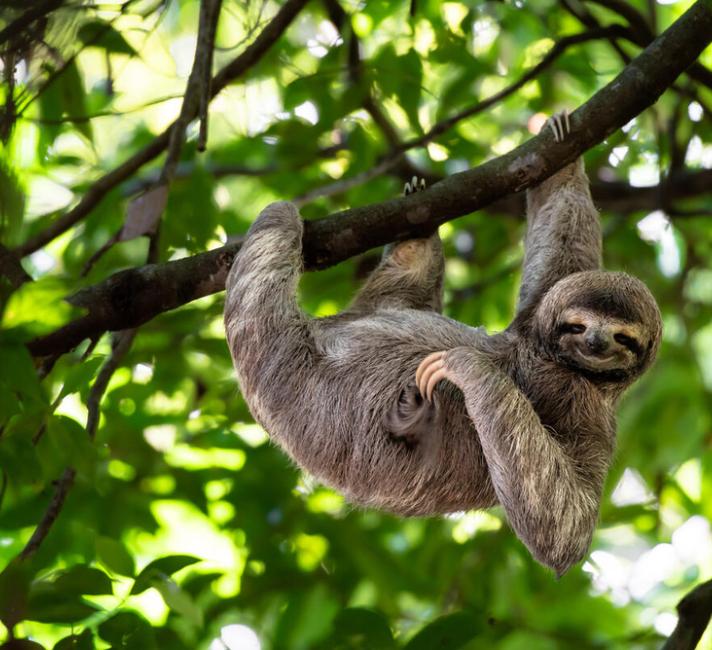From burrowing to protective armor, animals have evolved remarkable ways to protect themselves from predators and harsh environments. Camouflage and mimicry are common strategies animals use to blend in with their surroundings and either evade predators or lure prey. Some animals, such as poison dart frogs and skunks, are poisonous or unappetizing to predators, while others have developed protective armor or spines. Cooperation and group living can also increase the chances of survival, as seen in birds and meerkats. With echolocation, bats can navigate and locate prey in complete darkness. Finally, some animals like starfish and lizards can regenerate lost limbs, whereas polar bears and penguins have adapted to living in harsh, icy environments.
10 Clever Tricks Animals Use to Survive in the Wild
Our planet is brimming with diverse species of animals and each has its unique way of adapting to the environment it lives in. From camouflage to mimicry, animals have developed a wide range of survival strategies to protect themselves from predators and dangers in the wild. Here are ten clever tricks that animals use to survive in the wild.
1. Camouflage
Camouflage is one of the most common and effective ways that animals have evolved to protect themselves from predators. It involves blending in with the surroundings by adopting color patterns and textures that closely match the environment. For instance, the chameleon changes the color of its skin to match the leaves it rests upon, while the arctic fox has white fur to blend in with snowy landscapes.
2. Mimicry
Mimicry is another survival tactic animals use to either scare their predators or attract their prey. Some animals mimic the appearance or behavior of other animals to evade predators, while others mimic the sound of prey to lure predators into ambushes.
3. Hibernation
Hibernation is a state of inactivity that many animals enter during the winter season to conserve energy, decrease their metabolism, and avoid harsh weather conditions. Animals such as bears, bats, and groundhogs store up body fat and reduce their body temperature to survive long periods of cold winter dormancy.
4. Migration
Migration is a seasonal movement of animals from one habitat to another to find food, mating partners or escape predators. Birds, for example, migrate across continents during different seasons, following their preferred climate and food sources.
5. Burrowing
Burrowing is digging holes in the ground or creating shelter in rocks to protect themselves from extreme weather conditions and predators. Some animals like prairie dogs, groundhogs, and armadillos create elaborate underground tunnels to serve as their homes.
6. Poisonous/Bad Tasting
Some animals such as poison dart frogs and monarch butterflies developed a toxin that makes their predators sick or kills them on contact. Other animals, such as skunks, emit a terrible odor that makes them unappetizing to predators.
7. Protective Armor
Protective armor is a common adaptation in animals that have to defend themselves from predators. Armadillos have large, protective shells that serve as their defense mechanism, while hedgehogs have spines to protect themselves from predators.
8. Cooperation/Group Living
Cooperation and group living can increase the chances of successful survival for many animals. Some animals such as birds, wolves, and meerkats form symbiotic relationships with other members of their species to hunt, protect their offspring, or find mates.
9. Echolocation
Echolocation is a biological sonar system that animals use to navigate and locate prey. Bats, for example, emit sound waves that bounce back off objects, enabling them to locate prey and avoid obstacles in complete darkness.
10. Regeneration/Adaptation
Some animals can regenerate body parts or adapt to various environments to survive. For example, starfish and lizards can regrow lost limbs, while penguins and polar bears adapted to living in harsh, icy environments.
In conclusion, animals have developed various survival strategies to adapt to their changing environments, from hibernation and migration to mimicry and echolocation. These incredible adaptations allow animals to survive and thrive in the wild, despite the ever-changing conditions.
